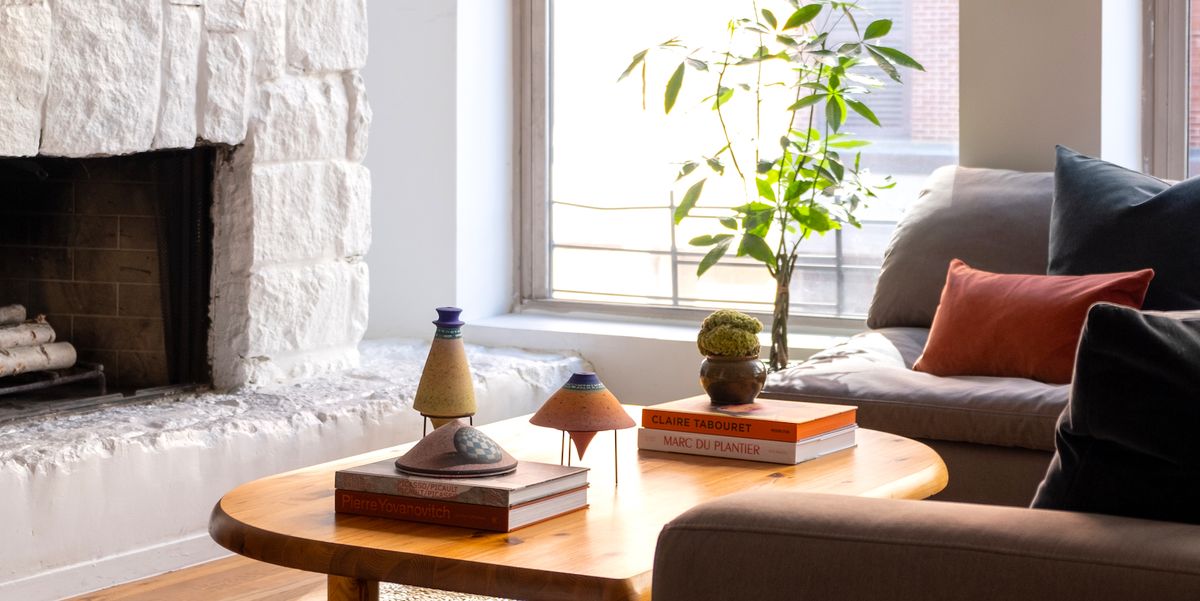

Articles
How To Get A Bird Out Of The Fireplace
Modified: October 27, 2024
Learn effective techniques and articles on how to safely remove a bird stuck in your fireplace. Expert tips and step-by-step instructions to help you handle this common problem.
(Many of the links in this article redirect to a specific reviewed product. Your purchase of these products through affiliate links helps to generate commission for Storables.com, at no extra cost. Learn more)
Introduction
Having a bird find its way into your fireplace can be a unique challenge to deal with. The confined space and the potential for harm to the bird can make the situation stressful. However, with a calm and methodical approach, you can safely guide the bird out of the fireplace and back into the wild.
In this article, we will take you through a step-by-step process to help you handle a bird in your fireplace. These steps are designed to ensure the safety of both you and the bird, and to minimize any potential damage to your fireplace.
Before we dive into the steps, it’s important to note that if you are uncomfortable handling a bird on your own, or if the bird seems injured or in distress, it is best to contact a professional wildlife rescue or rehabilitation center for assistance. They have the expertise and experience to handle these situations safely and effectively.
Now, let’s get started with the first step in guiding the bird out of your fireplace.
Key Takeaways:
- Safely guide a bird out of your fireplace by assessing the situation, opening the damper, creating an exit route, and using light and sound to guide the bird. Remember to prioritize safety for both you and the bird.
- Prevent future bird entries by installing a chimney cap, keeping the damper closed, maintaining fireplace doors or screens, trimming nearby trees, and sealing any gaps or cracks. Create a harmonious coexistence with nature while ensuring the safety of all creatures.
Read more: How To Get Bird Out Of Chimney
Step 1: Assess the situation
When you discover a bird in your fireplace, it’s important to take a moment to assess the situation before taking action. Differentiating between an injured or distressed bird and a bird that simply needs guidance can help you determine the best course of action.
First, observe the bird from a safe distance. Take note of its behavior and any signs of distress, such as flapping wings frantically or making distress calls. If the bird appears to be injured or in distress, it is advisable to contact a professional for assistance.
If the bird seems to be calm and uninjured, it is likely that it entered the fireplace by accident and is simply seeking a way out. In this case, you can proceed with guiding the bird out of the fireplace using the following steps.
Before beginning the process, gather the necessary supplies, such as a towel or blanket, a flashlight, and a pair of thick gloves. These items will assist you in gently guiding the bird out of the fireplace without causing harm to yourself or the bird.
By carefully assessing the situation and preparing the appropriate tools, you are now ready to move on to the next step of opening the damper.
Step 2: Open the damper
Opening the damper is an essential step in allowing the bird to navigate its way out of the fireplace. The damper controls the airflow and ventilation in the chimney, and by opening it, you create an exit route for the bird.
Begin by locating the damper handle, which is usually located inside the fireplace, near the top. It may be labeled or have a small lever that can be pulled or pushed to open the damper.
Before proceeding, ensure that you have adequate protection for your hands, such as a pair of thick gloves, as the damper handle may be dirty or hot from the fireplace. Using the gloves, firmly grasp the handle and pull or push it to open the damper completely.
By opening the damper, you allow fresh air to flow into the fireplace and create an upward draft, which can help the bird find its way out more easily. The increased airflow will also help to clear any potential smoke or fumes that may have accumulated in the fireplace.
Keep in mind that if you have a multi-story house, it is important to open the damper on the correct level where the bird is trapped. If you open the damper on the wrong level, the bird may not be able to find its way out and could end up in another area of your home.
Once the damper is fully open, proceed to the next step of closing nearby doors and windows to prevent the bird from flying into other areas of your home.
Step 3: Close nearby doors and windows
After opening the damper, it’s crucial to ensure that the bird doesn’t fly into other areas of your home. To prevent this from happening, close any doors and windows in the vicinity of the fireplace.
Begin by checking for any open doors or windows leading to adjacent rooms or outdoor areas. Close them gently and securely to create a contained space around the fireplace.
It’s important to minimize distractions and create a clear path for the bird to follow towards the open damper, so close curtains or blinds on any nearby windows to reduce visual distractions.
By closing doors and windows, you create a confined environment that encourages the bird to focus on finding its way out through the open damper instead of venturing into other parts of your home.
Additionally, ensure that any pets or children are safely secured in another room while you guide the bird out of the fireplace. This will prevent any potential interference or accidents during the process.
Once the nearby doors and windows are closed, proceed to the next step of creating an exit route for the bird.
Step 4: Create an exit route
Creating an exit route is essential to guide the bird towards the open damper and ensure a smooth and safe escape from the fireplace. By removing potential obstacles and providing clear pathways, you can help the bird find its way out more easily.
Start by clearing the area directly in front of the fireplace. Remove any furniture, decorations, or objects that may obstruct the bird’s flight path or cause it to become disoriented.
If you have a fireplace grate or screen, consider removing it temporarily during this process. This will provide the bird with a larger opening to navigate through and minimize the chances of it getting caught or injured.
If there are any hanging curtains, drapes, or blinds near the fireplace, secure them out of the way to prevent the bird from becoming entangled or confused.
During this step, it’s important to maintain a calm and quiet environment. Avoid sudden movements or loud noises that could startle the bird and make it more difficult for it to find its way to the open damper.
By creating an exit route that is free from obstacles and distractions, you increase the chances of the bird successfully navigating its way towards the open damper. Now, let’s move on to the next step of using light and sound to guide the bird.
Open the fireplace doors and windows to create an exit route for the bird. Turn off any fans or air conditioning to prevent the bird from being blown further into the fireplace. Use a broom or long stick to gently guide the bird towards the open doors or windows.
Read more: How To Get Birds Out Of Your Attic
Step 5: Use light and sound to guide the bird
Using light and sound can be effective in guiding the bird towards the open damper. These methods create visual cues and mimic natural auditory signals that help direct the bird’s attention towards the desired exit.
Start by turning off any bright lights in the room, as excessive lighting can disorient or confuse the bird. Use a flashlight instead to create a focused beam of light that you can direct towards the open damper.
Position yourself near the bird without causing it additional stress and shine the flashlight towards the open damper. Move the beam of light gradually, creating a clear path for the bird to follow. The aim is to create a visual guide that leads the bird towards the escape route.
In addition to light, you can use sound to guide the bird. Play soft, natural sounds of chirping or tweeting birds on a mobile device or speaker. This can attract the bird’s attention and encourage it to move in the direction of the open damper.
Be mindful to keep the volume of the sound at a low level to avoid overwhelming or startling the bird. The goal is to provide auditory cues that mimic its natural environment and help it recognize the exit.
By combining the use of light and sound, you enhance the bird’s natural instincts and increase the likelihood of it finding its way towards the open damper. As the bird starts to approach the exit, it’s time to move on to the next step of gently guiding the bird with a towel or blanket.
Step 6: Use a towel or blanket to gently guide the bird
If the bird is hesitant or seems unsure about flying towards the open damper, you can use a towel or blanket to gently guide it in the right direction. This method helps create a physical barrier that directs the bird towards the desired exit.
Start by selecting a soft and lightweight towel or blanket that is large enough to cover the bird without causing any harm. Approach the bird slowly, from behind if possible, and carefully drape the towel or blanket over it.
Be gentle and cautious during this process to avoid startling or causing distress to the bird. Handle the bird as minimally as possible, ensuring that you do not apply excessive pressure or restrict its movements.
Once the bird is covered with the towel or blanket, gently guide it towards the open damper. Use slow and smooth motions to encourage the bird to move in the desired direction. Avoid sudden movements or jerking motions that could startle the bird.
As the bird reaches the open damper, slowly lift the towel or blanket, allowing it to see the exit clearly. Give the bird a moment to regain its bearings and direct its path towards the open damper.
Step 7: Release the bird safely outside
Once the bird has reached the open damper, it’s time to release it safely into the outdoors. This step requires patience and precision to ensure that the bird can successfully exit the fireplace and continue its journey in the wild.
Begin by slowly and carefully removing the towel or blanket that was used to guide the bird. Do so gradually, allowing the bird to adjust and prepare for flight. Avoid any sudden movements that could startle or disorient the bird.
As you remove the barrier, keep a safe distance from the fireplace and allow the bird enough space to take off. It may take a few moments for the bird to gather its bearings and prepare for flight.
Once the bird is ready, it will likely fly out of the fireplace and into the open air. It is a rewarding sight to see the bird regain its freedom and soar into the sky.
After the bird has safely exited the fireplace, close the damper to prevent any future bird entries. This will help to avoid a repeat situation and keep your fireplace secure.
Lastly, take a moment to appreciate your successful efforts in helping the bird find its way back to the wild. You have done a great deed by providing assistance and ensuring the safety of the bird.
Now that the bird has been released, it’s important to take measures to prevent future bird entries into your fireplace. Let’s explore this topic in the next step.
Step 8: Prevent future bird entry
To prevent future bird entries into your fireplace, it’s important to implement measures that discourage birds from accessing the area. By taking proactive steps, you can minimize the chances of encountering a similar situation in the future.
Here are a few effective ways to prevent birds from entering your fireplace:
- Install a chimney cap or mesh screen: A chimney cap or mesh screen can be installed at the top of your chimney to create a barrier that prevents birds from entering. Make sure the cap or screen is securely attached and properly maintained.
- Keep the damper closed when not in use: When your fireplace is not in use, keep the damper closed to block access to the chimney. This will help prevent birds from accidentally entering.
- Close fireplace doors or install a fireplace screen: If your fireplace has doors, make sure to keep them closed when not in use. Alternatively, install a fireplace screen to create a barrier that blocks bird entry.
- Trim nearby trees and branches: Trim trees and branches that are close to your chimney to create a larger buffer zone. This makes it more difficult for birds to access your chimney and reduces the risk of them finding their way into your fireplace.
- Seal any gaps or cracks: Inspect the area around your fireplace and chimney for any gaps or cracks. Seal them properly to prevent birds from finding entry points into your home.
By taking these preventive measures, you can significantly reduce the likelihood of birds entering your fireplace and facing the challenge of guiding them out.
Remember, if you encounter any difficulties or if a bird appears injured or distressed, it’s best to contact a professional wildlife rescue organization for assistance. They have the expertise and resources to handle these situations safely and effectively.
With these steps in mind, you are now equipped with the knowledge to handle a bird in your fireplace and guide it to safety. Stay calm, be patient, and prioritize the well-being of both yourself and the bird. Good luck!
Read more: How To Get More Heat Out Of The Fireplace
Conclusion
Encountering a bird in your fireplace can be a surprising and potentially stressful situation, but with the right approach, you can successfully guide the bird to safety. By following the steps outlined in this article, you’ll be well-equipped to handle this unique challenge.
Remember to assess the situation, open the damper, close nearby doors and windows, create an exit route, use light and sound to guide the bird, gently guide the bird with a towel or blanket, release the bird safely outside, and take preventive measures to avoid future bird entries.
Throughout the process, it’s crucial to maintain a calm and patient demeanor, ensuring the safety of both you and the bird. If at any point the bird appears injured or distressed or if you’re uncomfortable handling the situation on your own, don’t hesitate to contact a professional wildlife rescue organization for assistance.
By helping a bird find its way out of your fireplace, you not only protect the bird from harm but also create a more harmonious coexistence with nature. It’s a rewarding experience to witness the freedom and grace of a bird as it returns to its natural habitat.
Lastly, implementing preventive measures such as installing a chimney cap, keeping the damper closed, maintaining fireplace doors or screens, trimming nearby trees, and sealing any gaps or cracks will greatly reduce the chances of future bird entries into your fireplace.
Now that you have the knowledge and steps to handle a bird in your fireplace, stay prepared and confident. Remember, it’s a testament to your compassion and care for the well-being of all creatures. Be ready to help a feathery visitor safely find its way back to the sky.
Frequently Asked Questions about How To Get A Bird Out Of The Fireplace
Was this page helpful?
At Storables.com, we guarantee accurate and reliable information. Our content, validated by Expert Board Contributors, is crafted following stringent Editorial Policies. We're committed to providing you with well-researched, expert-backed insights for all your informational needs.
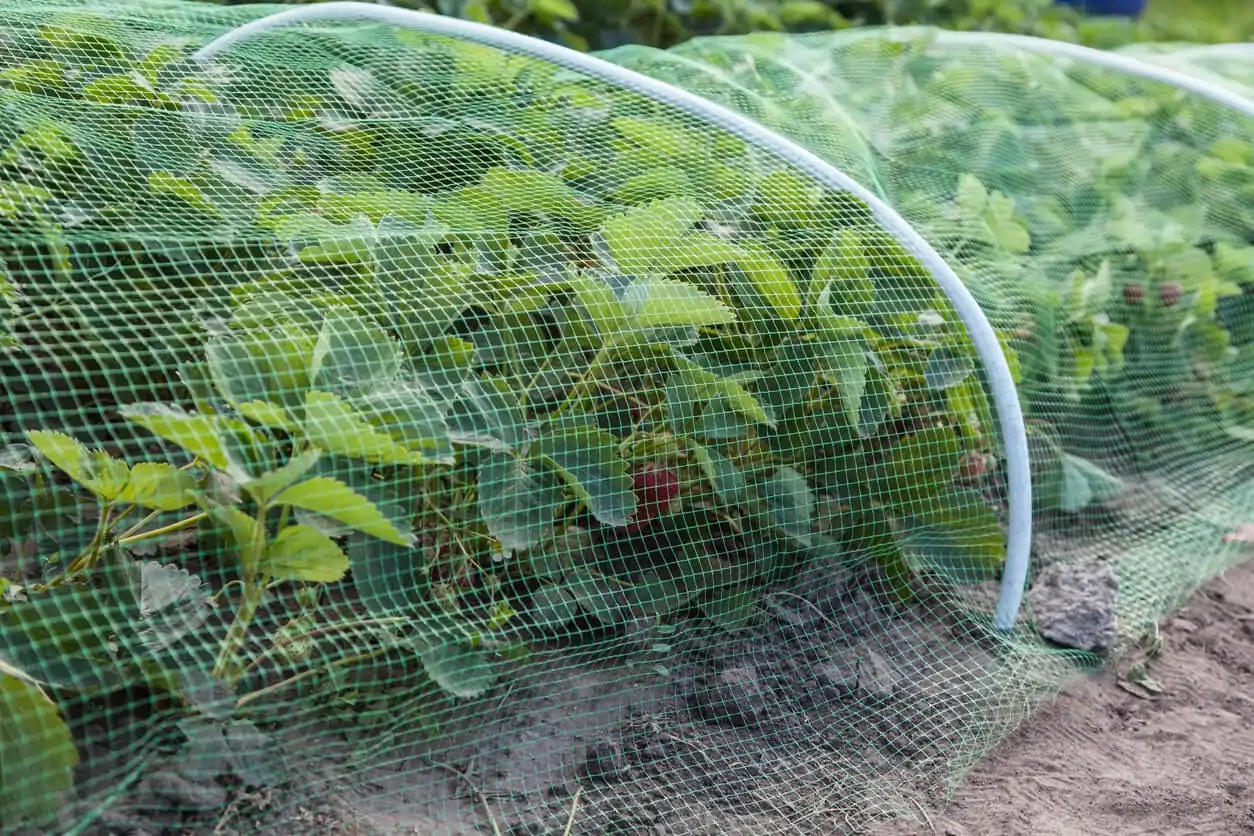
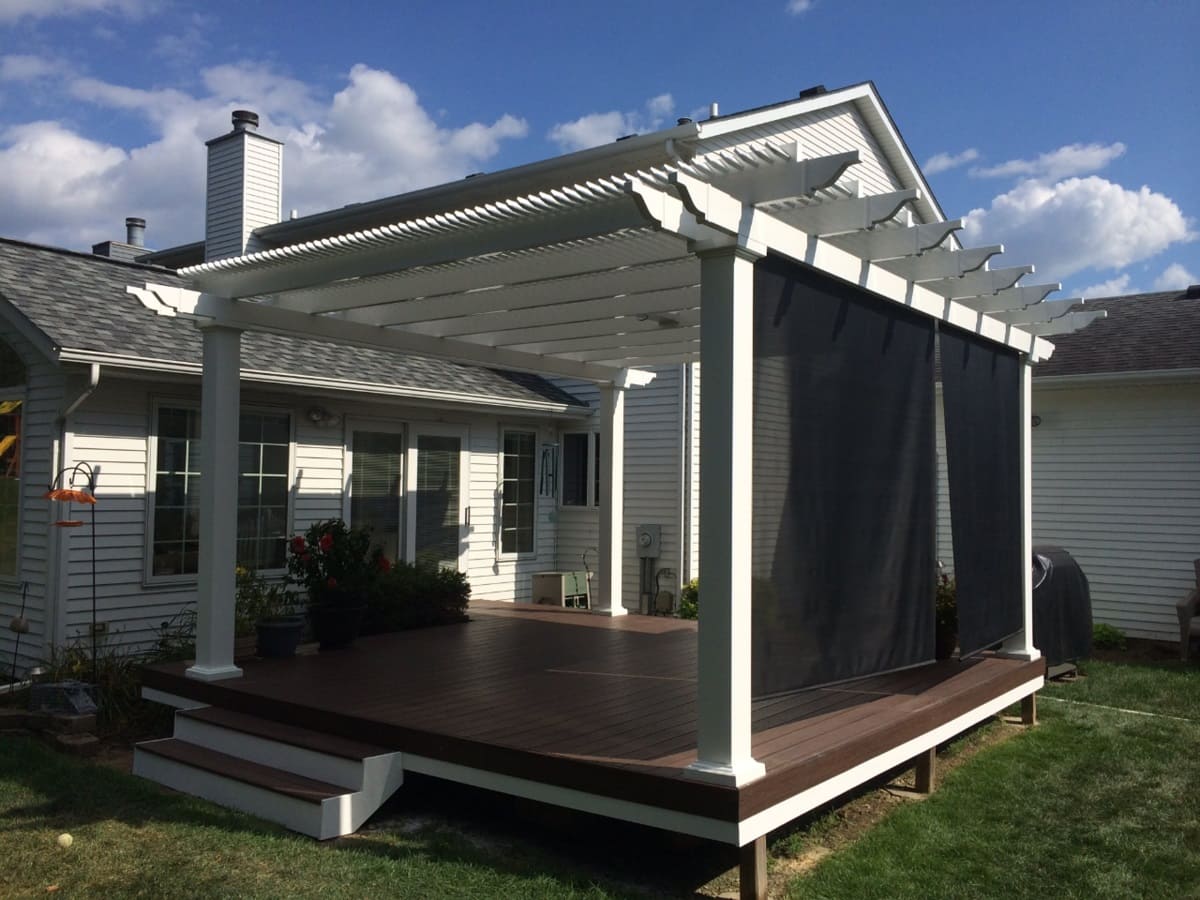
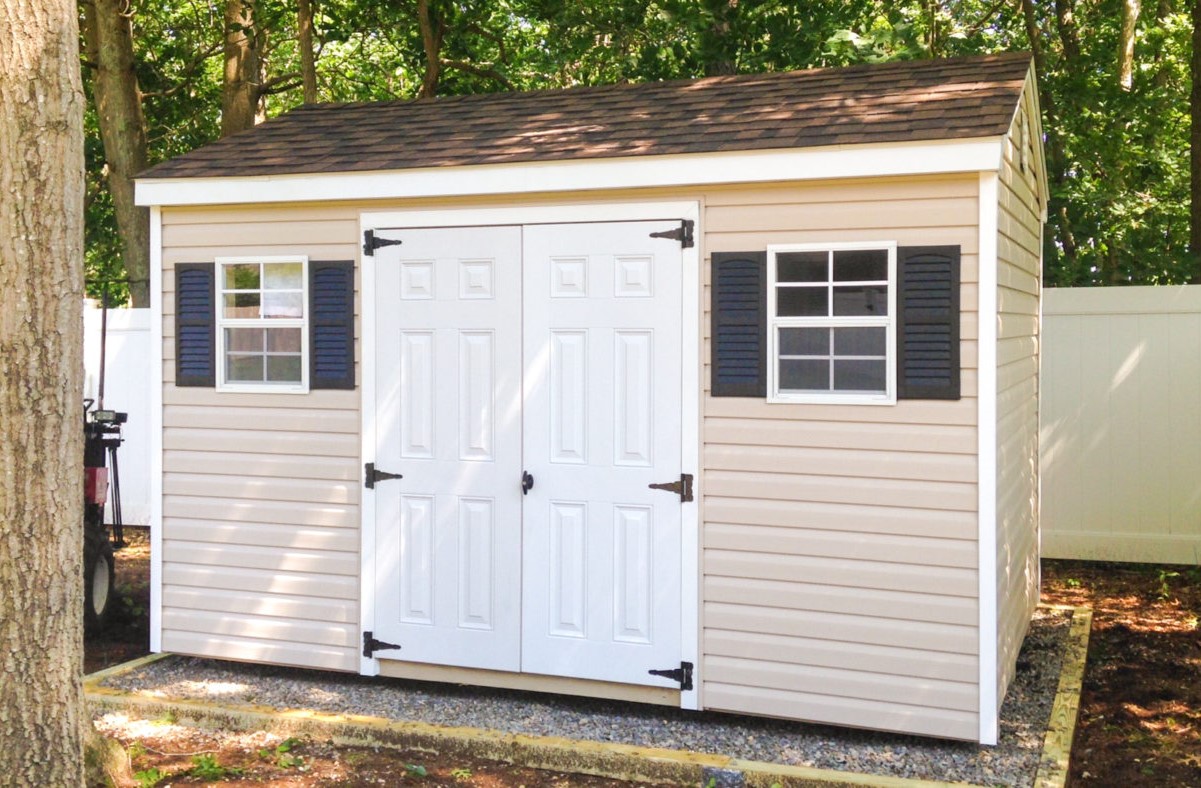
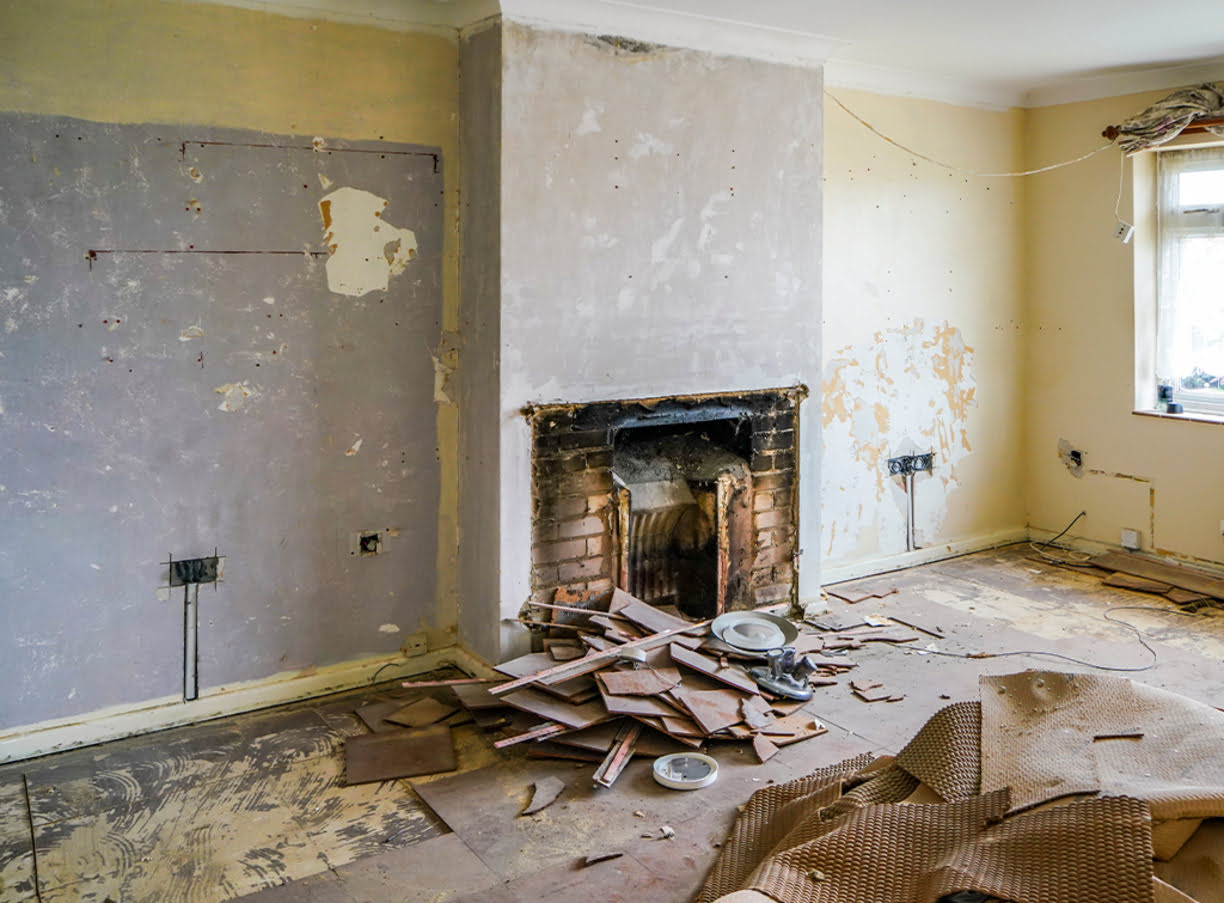
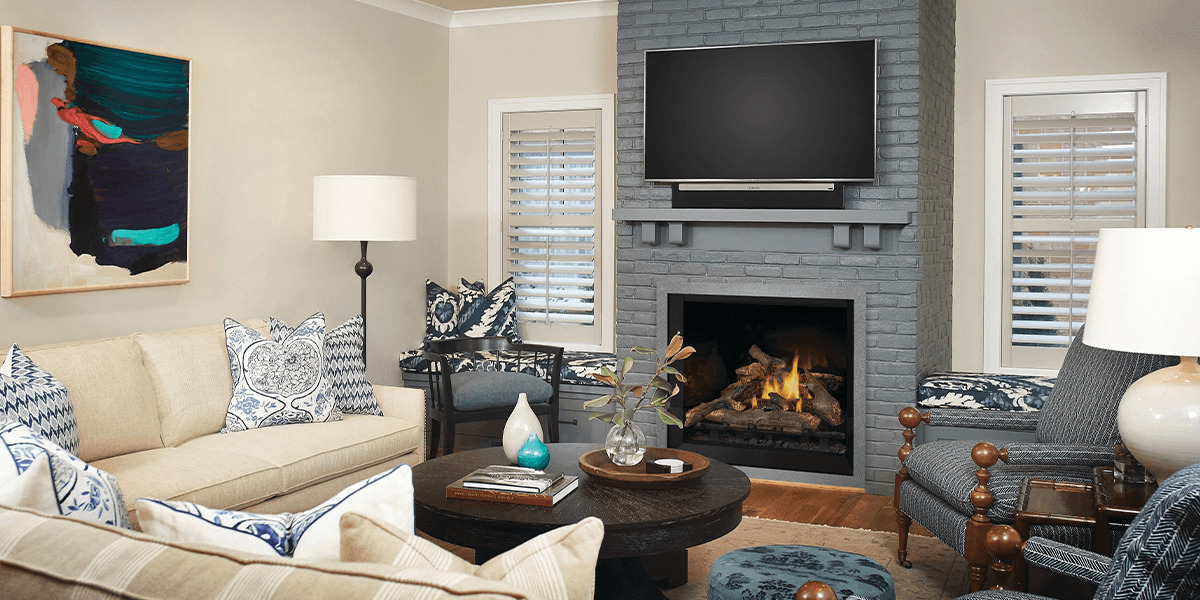
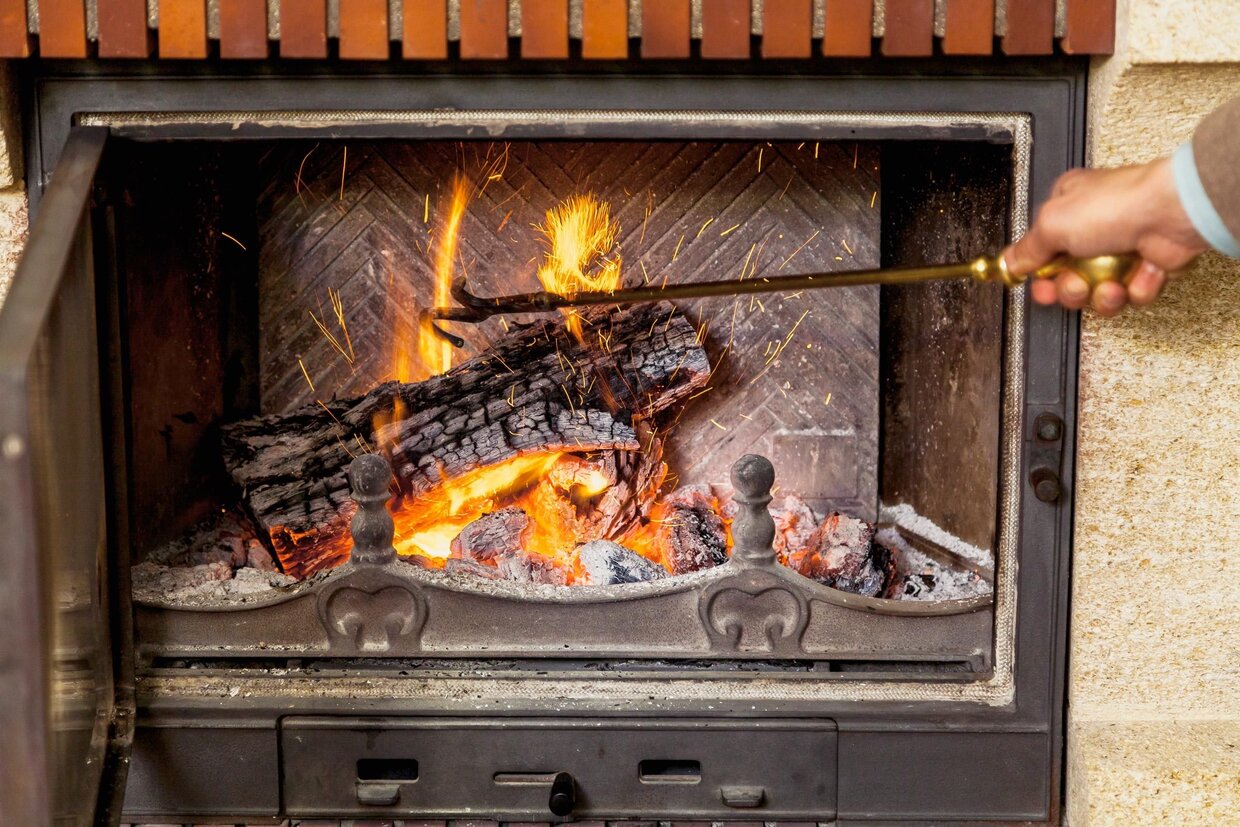
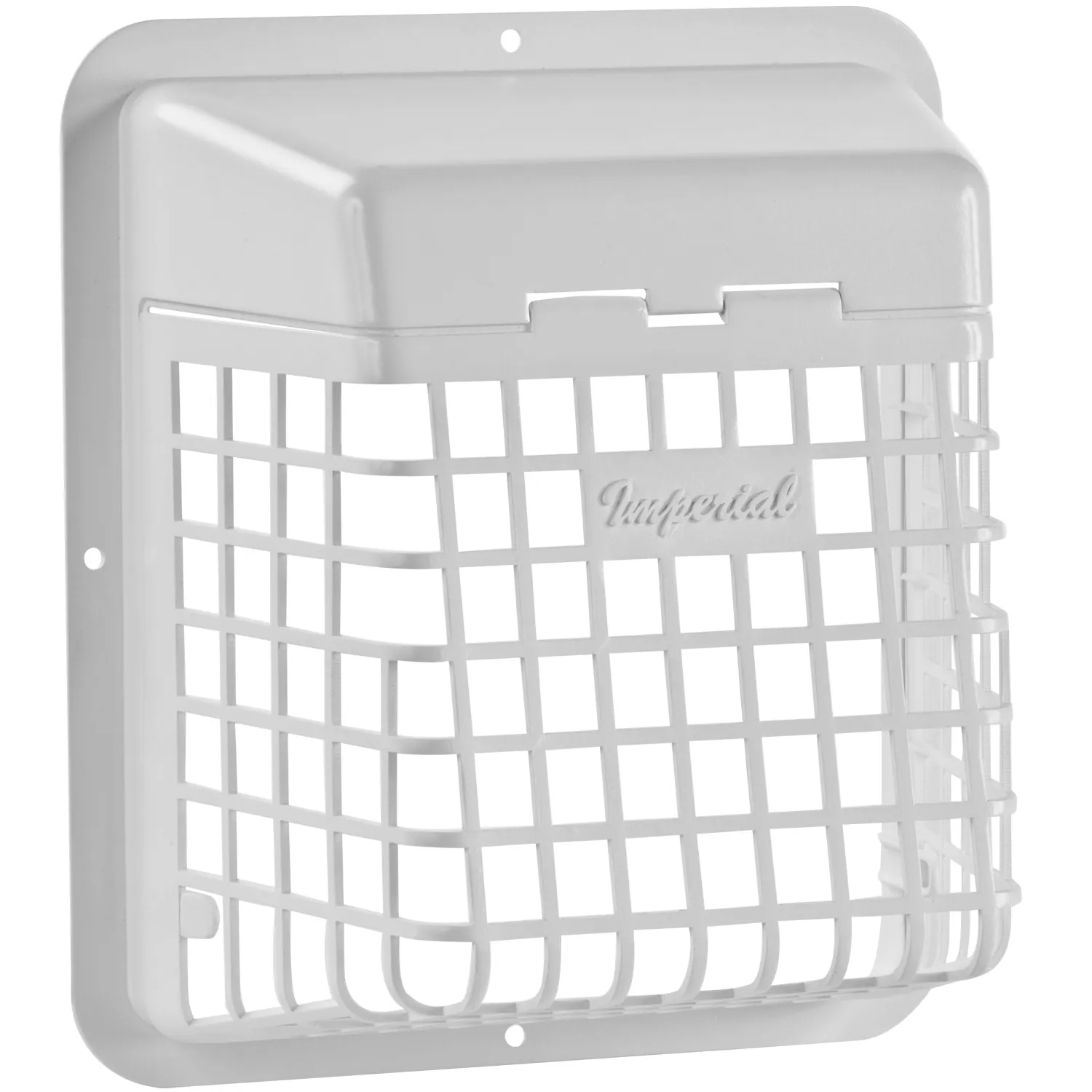
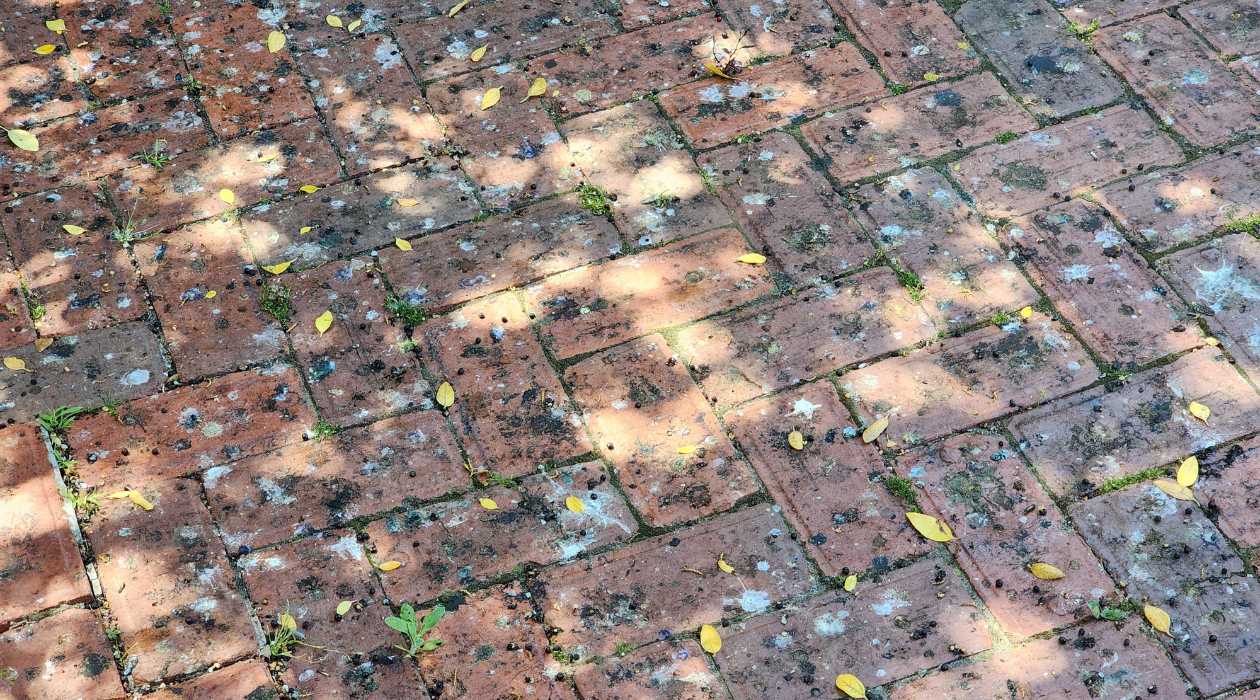
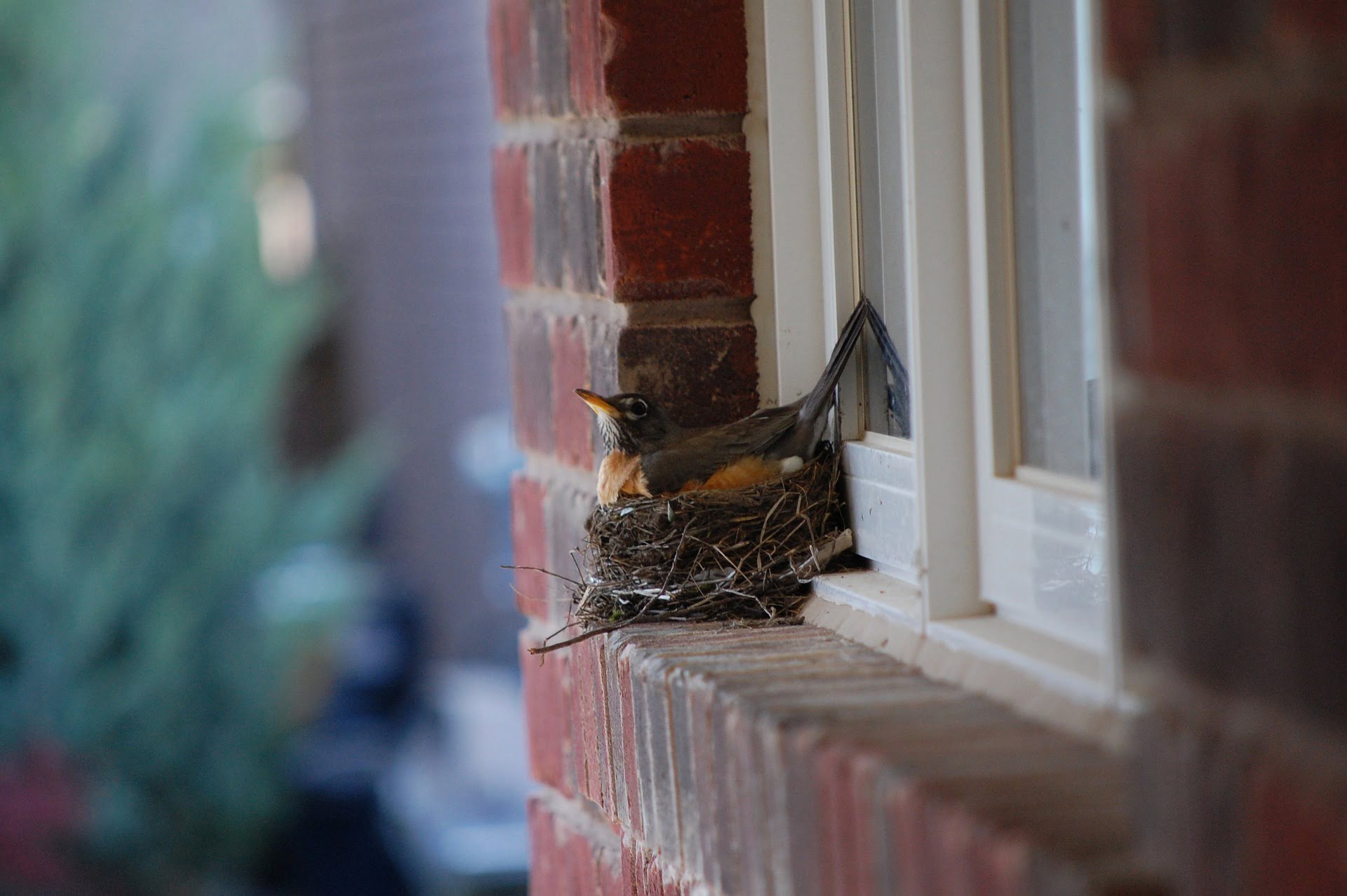
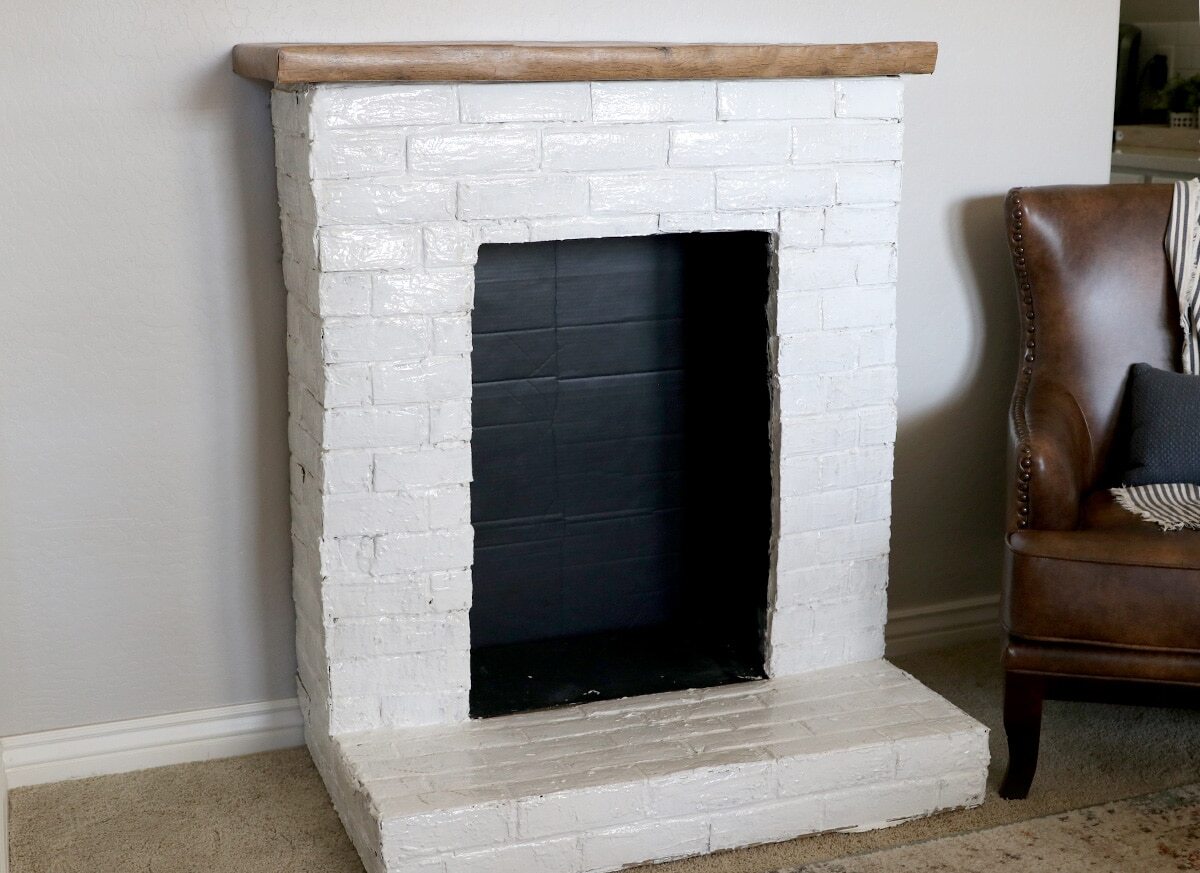
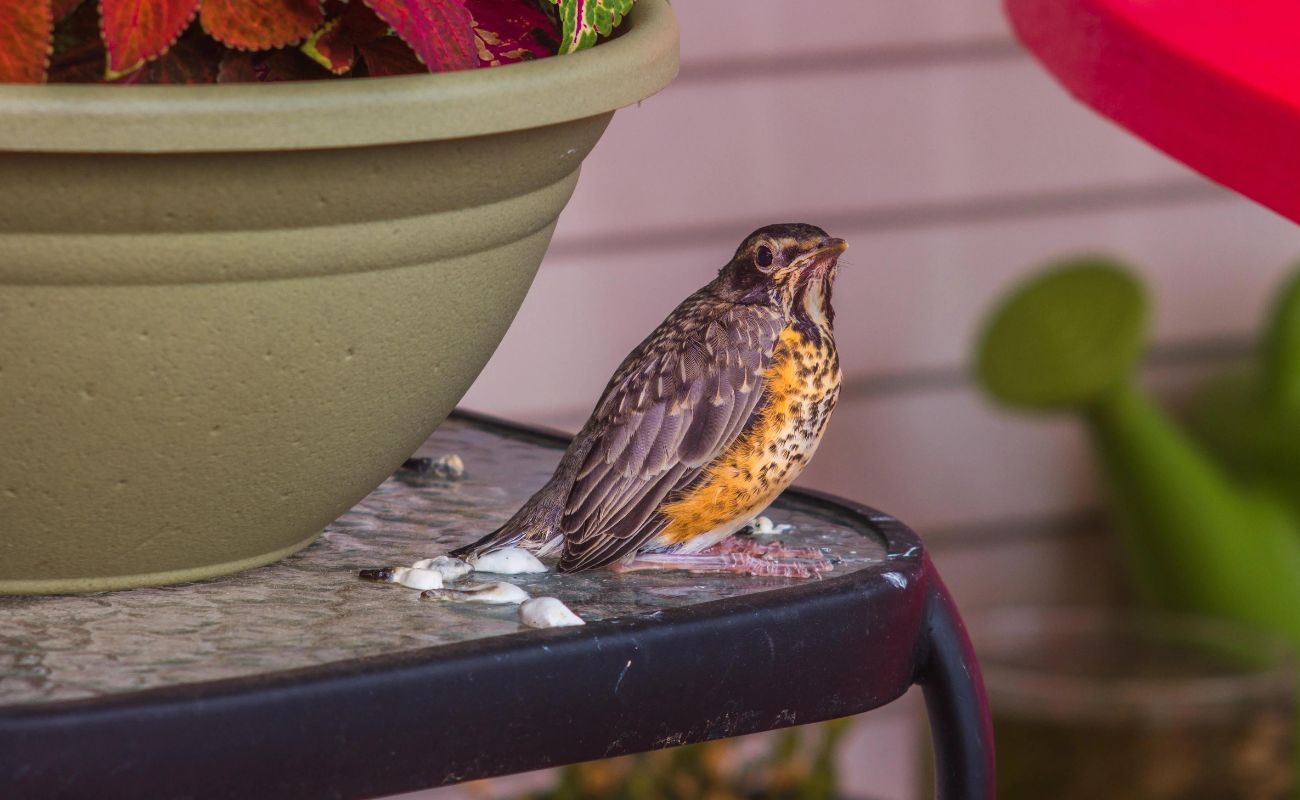
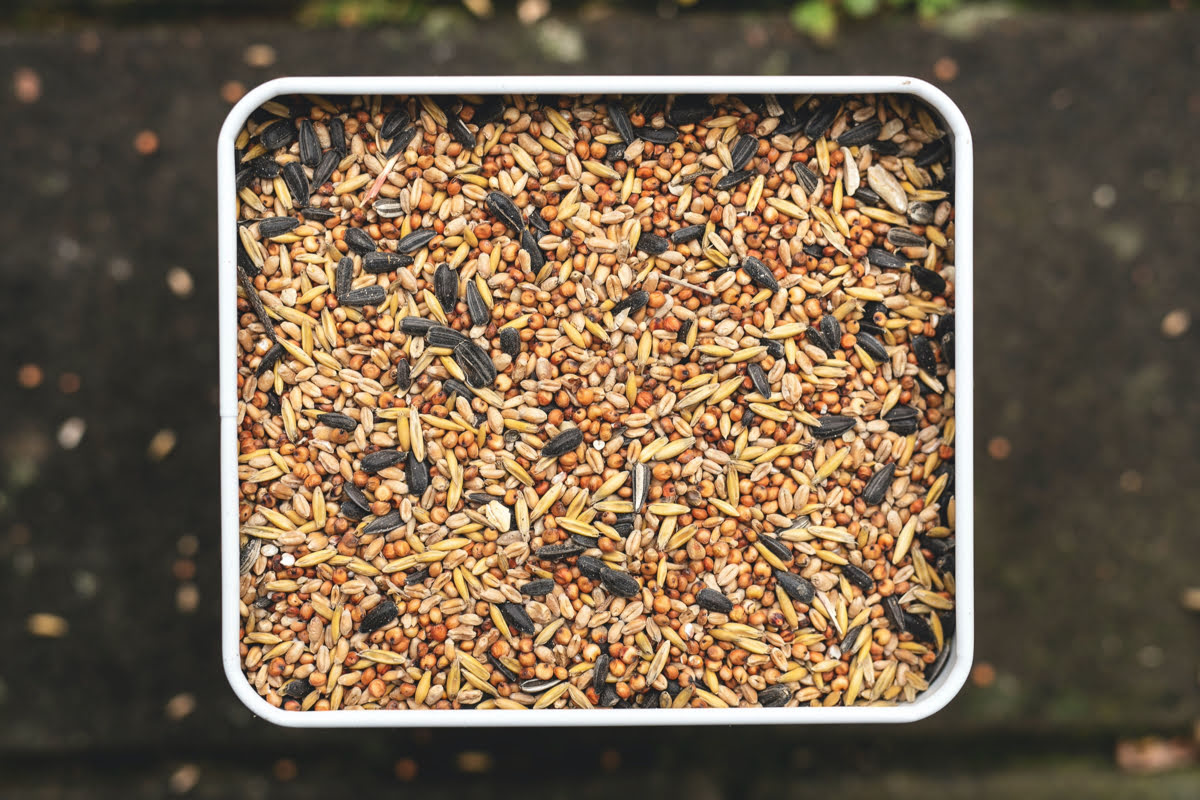
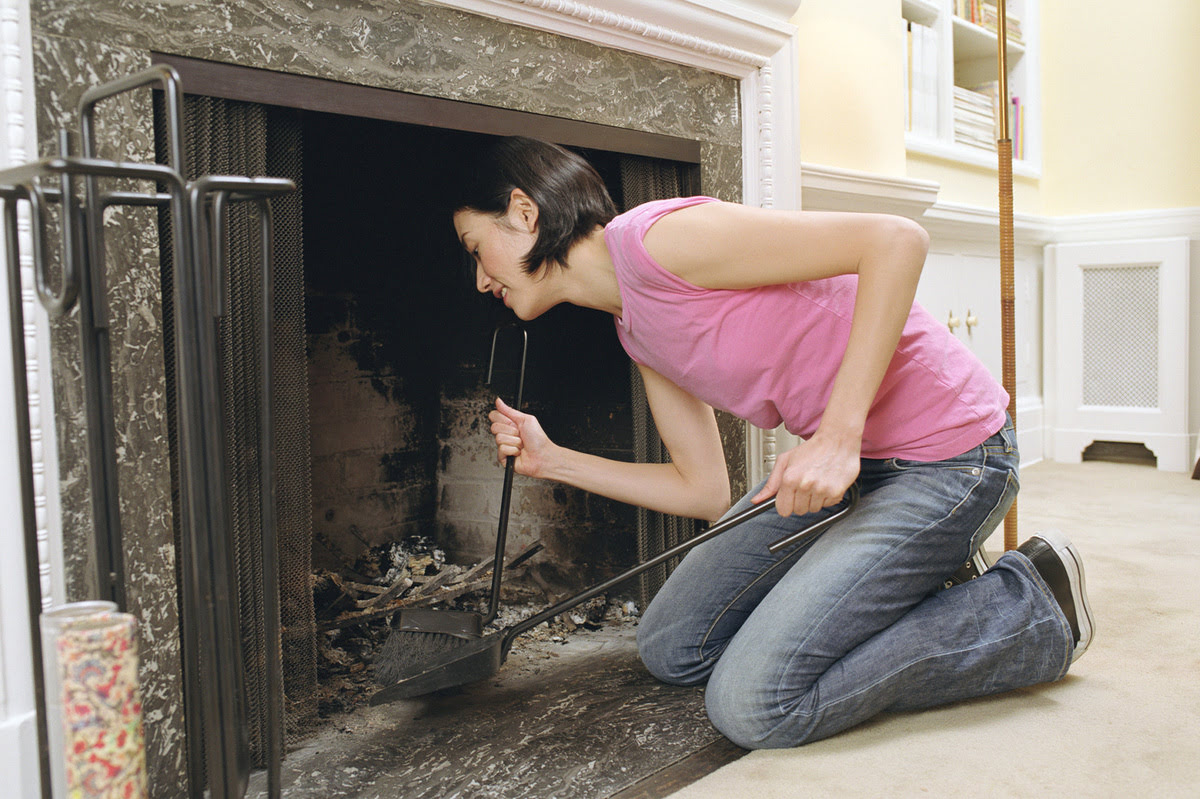

0 thoughts on “How To Get A Bird Out Of The Fireplace”